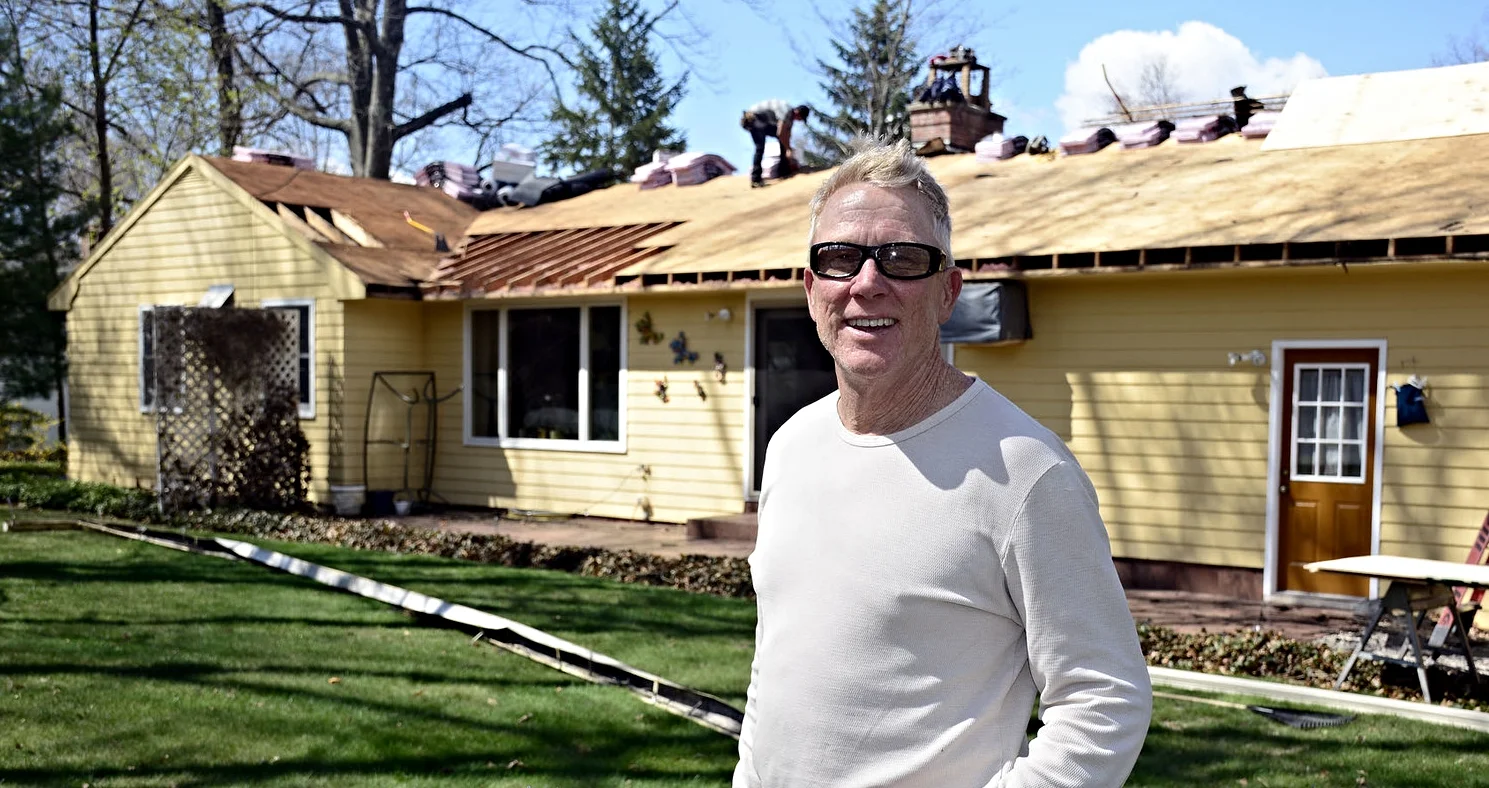Be Aware of Ice Dams After a Major Winter Storm
Chelsea O'Donnell
With our first official storm in the books, now is a perfect time to talk about how dangerous winter weather can be for your house. We all know that major snowfall, freezing rain, and sleet make for icy conditions on sidewalks and in your driveway, but what about on your roof? Sure, icicles might look pretty, the ice dams creating them can result in major leaks in your attic, ceiling, and interior walls.
An ice dam forms when heavy snow blankets the roof, forming an extra layer of insulation. As warm air rises from your house and up through your attic, it causes the layer of snow closest to the roof to melt and the water to slide down into the gutters. This would normally be a good thing, but because so many homes in our area aren’t properly insulated, what often happens is that the melting water hits the cold eaves of the roof, freezing again instead of draining off through the gutters. This forms an ice blockage. As that ice grows and grows, the water has nowhere to go so it starts to move under your roof shingles and eventually into your insulation and drywall. This is when you’ll start to see the leaks in your ceiling and walls.
The best way to avoid this problem is by taking preventative measures. I get calls from homeowners to remove ice dams after every winter storm, and for many, it is too late and they are already facing thousands of dollars worth of damage. But if you’re lucky enough to catch an ice dam before it fully forms, it’s a smart idea to get rid of it as quickly as possible.
Firstly, when you’re clearing snow from your driveway and sidewalks, think about your roof too. Removing snow from the house is the best way to protect your home against ice melting and refreezing in the gutters and up the roof. If you already have an ice dam forming, you can use a hammer and chisel to get rid of it, but be very careful as roof shingles are more delicate and brittle in cold conditions. One safe home remedy is to fill a pair of pantyhose with ice melt and lay it across the ice dam so the water will melt into the gutter. If you’re not comfortable on a ladder, call a professional to help you get rid of the ice dam quickly and safely.
These, of course, are just stop-gap measures. The only way to prevent ice dams from forming permanently is to have your home properly insulated and ventilated. More than 75% of homes in our area are under-insulated which causes the heat from your home to shoot right through the roof. Having appropriate insulation and ventilation will keep your home free from ice dams and will keep you much more comfortable in both the winter and the summer. You’ll feel the difference immediately, and you’ll see the benefit in your energy bills too.
To all of my readers, may you have a wonderful Christmas and holiday season. I look forward to seeing you in the New Year.
Bob O'Donnell is the owner of O'Donnell Bros, Inc., a Bristol-based home improvement company established in 1975. Email your questions for Bob to info@odonnellbros.com with the subject line “Ask the Pro”. All questions may be considered for publication. To contact Bob for your remodeling needs, call O'Donnell Bros, Inc. at (860) 589-5155 or visit www.odonnellbros.com. Advice is for guidance only.
